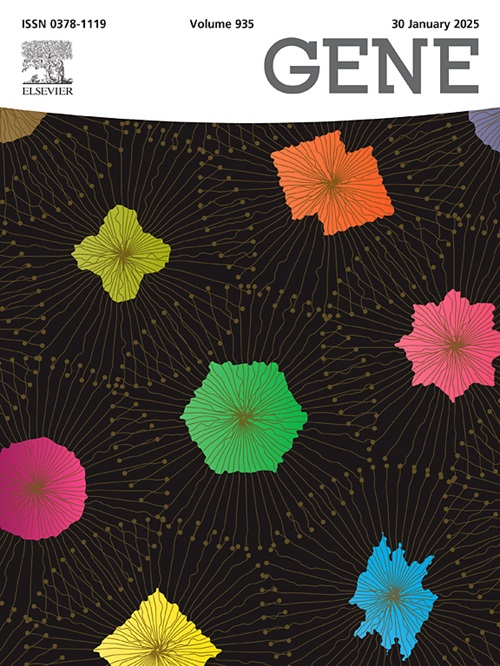“The emerging pandemic threat of H5N1: Evolutionary adaptations for human transmission, zoonotic spillovers and surveillance gaps”
IF 2.4
3区 生物学
Q2 GENETICS & HEREDITY
引用次数: 0
Abstract
The increasing zoonotic potential of highly pathogenic avian influenza (HPAI) H5N1 poses a growing threat to global public health. This review examines the molecular and evolutionary mechanisms facilitating H5N1 adaptation in mammalian hosts, focusing on genetic reassortment events, key mutations, and transmission dynamics. Recent mammalian spillover cases, including infections in mink, sea lions, felines, and cattle, suggest a weakening species barrier, with mutations such as PB2-E627K and HA-Q226L enhancing viral replication and host receptor binding affinity. Despite these concerning developments, critical gaps remain in genomic surveillance, particularly in tracking mammalian-adapted variants. Limited sequencing efforts and cross-sectoral data-sharing inefficiencies hinder early detection, increasing the risk of undetected pandemic emergence. Advances in artificial intelligence-driven predictive modeling and the development of broadly neutralizing influenza vaccines offer promising avenues for mitigation. However, a globally coordinated approach integrating real-time genomic tracking, enhanced One Health strategies, and proactive policy interventions is essential. Without immediate action, the risk of a human-adapted H5N1 strain emerging remains a pressing global concern.
“H5N1新出现的大流行威胁:人类传播的进化适应、人畜共患病溢出和监测缺口”。
H5N1型高致病性禽流感(HPAI)人畜共患的可能性日益增加,对全球公共卫生构成日益严重的威胁。本文综述了促进H5N1在哺乳动物宿主中适应的分子和进化机制,重点关注基因重组事件、关键突变和传播动力学。最近的哺乳动物溢出病例,包括水貂、海狮、猫科动物和牛的感染,表明物种屏障正在减弱,PB2-E627K和HA-Q226L等突变增强了病毒复制和宿主受体结合亲和力。尽管有这些令人担忧的进展,但在基因组监测方面仍然存在重大差距,特别是在追踪适应哺乳动物的变异方面。有限的测序工作和跨部门数据共享效率低下阻碍了早期发现,增加了未被发现的大流行病出现的风险。人工智能驱动的预测建模的进步和广泛中和性流感疫苗的开发为缓解提供了有希望的途径。然而,整合实时基因组跟踪、强化“同一个健康”战略和积极的政策干预的全球协调方法至关重要。如果不立即采取行动,出现人类适应的H5N1毒株的风险仍然是一个紧迫的全球关切。
本文章由计算机程序翻译,如有差异,请以英文原文为准。
求助全文
约1分钟内获得全文
求助全文
来源期刊

Gene
生物-遗传学
CiteScore
6.10
自引率
2.90%
发文量
718
审稿时长
42 days
期刊介绍:
Gene publishes papers that focus on the regulation, expression, function and evolution of genes in all biological contexts, including all prokaryotic and eukaryotic organisms, as well as viruses.
 求助内容:
求助内容: 应助结果提醒方式:
应助结果提醒方式:


